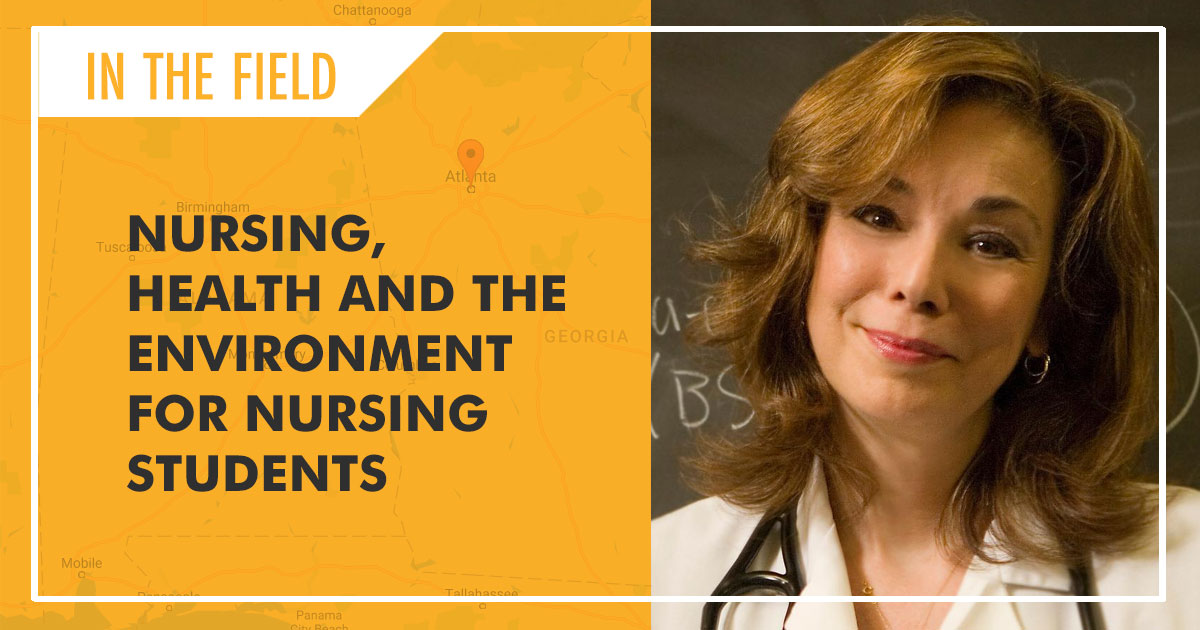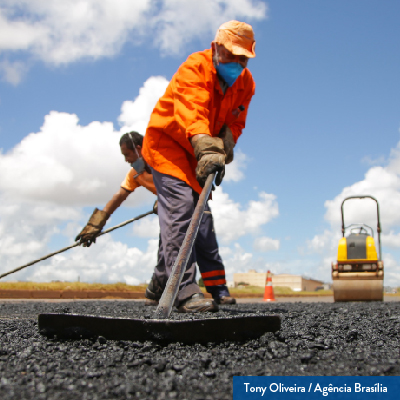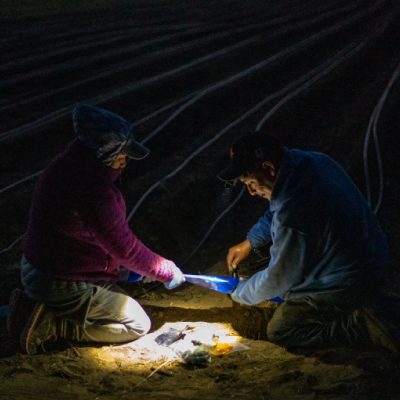- Who We Are
- Clinician Employment
- Publications
- Witness to Witness (W2W)
- El Premio Kugel & Zuroweste a la Justicia en la Salud
- Your Voice Matters: Photovoice Project
Tue, 03/07/2017 | by Claire Hutkins Seda


Environmental and occupational health (EOH) hazards are ubiquitous and poorly understood. Those who work in high risk jobs and live in impoverished neighborhoods or substandard housing -- like farmworkers and their families -- are affected the most. Our nation’s nurses are often unequipped to recognize and prevent environmental and occupational hazards. Last week, Stephanie Chalupka, EdD, RN, PHCNS-BC, FAAOHN, FNAP presented strategies for incorporating EOH nursing competencies into nursing school curriculum at the American Association of Colleges of Nursing (AACN) Master’s Education Conference in Atlanta, GA.
“Nurses are well positioned for addressing environmental health concerns of individuals and communities,” Dr. Chalupka said. “Nurses are the largest group of health professionals; they have great variety in their settings and locations of practice; environmental health is a good fit with the values of the nursing profession regarding disease prevention and social justice; and nurses are trusted by the public.”
Dr. Chalupka’s very well received presentation to 100 nurses and nurse educators, which wrapped up with lots of questions from the engaged audience, was part of MCN’s EOH program that focuses, in part, on preparing clinicians-in-training like nursing and medical school students and medical residents. This program is supported by the EPA in an effort to improve the recognition and management of pesticide and other environmental and occupational exposures among clinicians.
“MCN is a leader in helping clinicians address the health needs of some of our country’s most vulnerable populations. This is why we are so pleased to have Dr. Chalupka on our team helping to foster this important effort with nursing school students,” explained Amy Liebman, MPA, MCN’s Director of Environmental and Occupational Health.
The presentation reviewed case studies of programs successfully incorporating environmental health and provided information and resources for addressing barriers to integrating this content and providing support for faculty who may lack expertise in EOH. Some of these resources included MCN’s WikiSpace, which features case studies, and the EPA’s Recognition and Management of Pesticide Poisonings, 6th edition.
Like what you see? Amplify our collective voice with a contribution.
Got some good news to share? Send it to us via email, on Facebook, or on Twitter.
Return to the main blog page or sign up for blog updates here.







